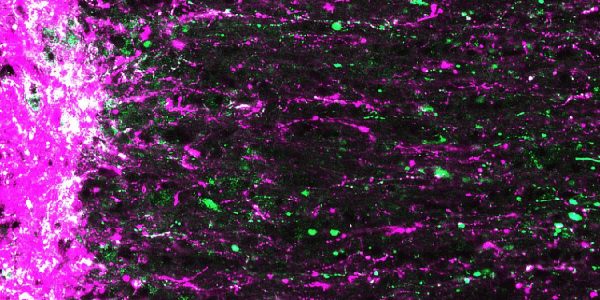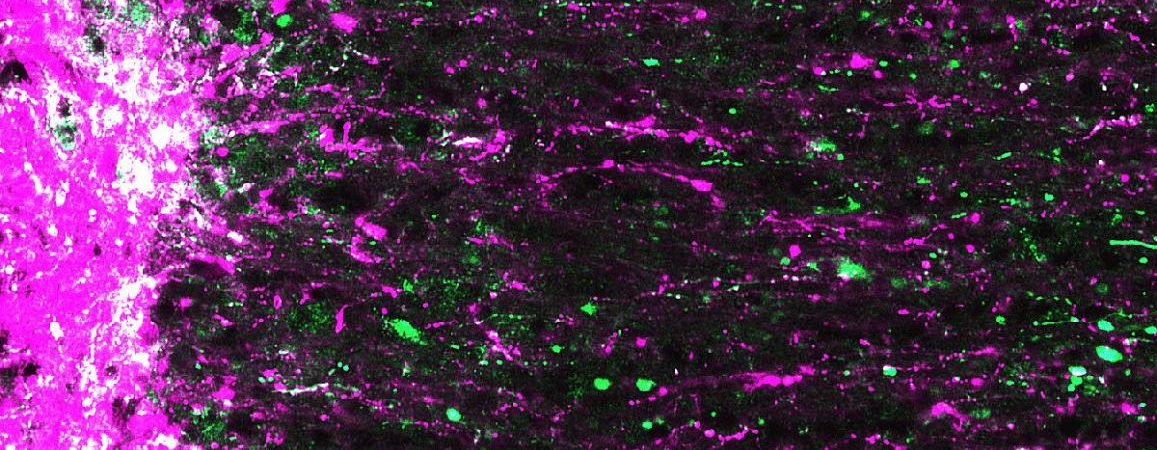How does anything become a thought? What is the conversion process of stimuli, to thought? Why are thoughts not always the same with respect to properties? The same thing could be thought about in different ways, at different times, to bear different effects.
Thoughts are constant in every case of mental health. They have rules of relay, sequences, splits and stores they go, along with destinations, to define experiences.
Thoughts are not just thinking. Thoughts can mostly be neutral, only to become what affects, when they go to locations to acquire properties.
For example, short term or working memory are said to hold things in mind for processing in the moment. First, things are held in mind in the form of thought. Also, things in that size of working memory as bad news could linger and cause problems. There could also be bad news that does not cause problems, if it does not go to certain parts or locations.
Expectation equality or inequality in any situation could be good or bad, depending, but expectation, as split of thought in store, with the rest following to confirm or not, exceeds the prediction error model of predictive coding and processing.
The core of thoughts as constant elements of the brain across all experiences is vital for display, say with Nintendo Switch or others, because of the growing confusion over what affects or helps mental health.
There are so many reports of situations and conditions, including the pandemic affecting mental health, yes, but not for everyone all the time. All situations are subjects to thought. All thoughts are characterized by where they go in memory, in that moment.
Though CBT [Cognitive behavioral therapy] continues to be immensely helpful across the globe, its basis, the cognitive model—says situation, then automatic thoughts, skips steps on how automatic thoughts emerge. The cognitive model also skips the memory—where thoughts are stored, and where destinations make determinations.
CBT, predicated on cognitive reframing or restructuring, from cognitive distortion, or negative thoughts, applies across cases. However, the expanse of the current state of global mental health makes it important to have no opacity in what makes it possible to experience the world.
Thought, automatic or controlled, emerges as the uniform unit or quantity of sensory processing or integration in the thalamus and the olfactory bulb for smell.
It is thought that all senses, internal or external, become to the brain, to be known, felt and for reaction, as divisions of interpretation in the cerebral cortex.
It is in the form of thought that things become known, and get processed.
Knowing is memory, storing thoughts in large and small packages. Small packages relay to large stores, where they acquire properties. Large stores have what is common between two or more small stores, while small stores have unique information, in the smallest possible form.
There are also sequences of relay as well as splits. It is important to know, even conceptually what thought does in the brain, to have the effect it does.




